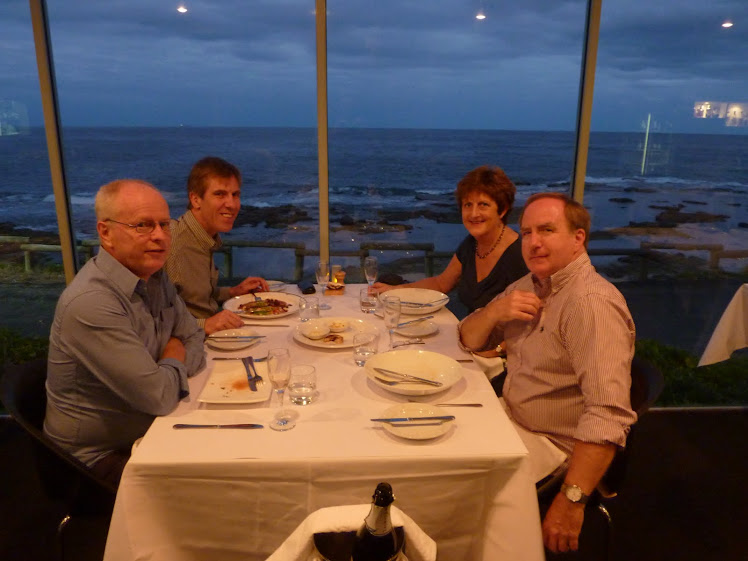




We both agreed that the two days we spent on the Mekong Delta have been the highlight of our time in Vietnam. Having looked at all the options available we had chosen a private tour, with a driver and guide. This turned out to be a good decision, not least because we were so lucky with our guide, Mango. 27 years old, she was great company throughout, very bright and full of enthusiasm and knowledge on a whole range of topics. Her expertise ranged from local farming and produce, cooking (every time we came across a new fruit or veg. she would give us all sorts of recipe ideas), to economics, history and Buddhism.
By the end of the trip we really felt we had made a new friend and we’ll be keeping in touch. Mango has three jobs, two as a guide and one in export, and seems to be the main financial support for her extended family, having bought her parents a farm and paid for her nephew to study law in Hong Kong.
Mango’s English was excellent, easily the best we came across in Vietnam, but she was keen to improve and learn some idiomatic usage and we were happy to oblige. I’d love to be there when she asks her next English speaking guests if the sun is over the yardarm!
The trip involved an amazing number of different types of transport – air conditioned car, several sampans, rowing boat, bicycles, motorised rickshaw, even a horse and cart! I kept expecting a helicopter to arrive....
We were travelling through some unspoilt and quiet parts of Ben Tre province on the Mekong. The area is very fertile, growing a huge range of crops, especially coconuts, rice and bananas, but also all manner of herbs, fruits and vegetables. The whole area is a hive of industry; everyone is either growing things, manufacturing things or buying and selling.
We came across several small ‘factories’ by the water. At brick works, they were making bricks from natural clay taken from the paddy fields. The production line consisted of one antiquated machine supervised by two ladies, and was turning out perfectly formed bricks at an incredible speed. The bricks are then fired in beehive-shaped kilns, fuelled by stalks and husks from the rice fields. The resulting ash is then used as fertiliser – we saw so many instances of this, where nothing was wasted, and felt we have so much to learn from the Vietnamese in this respect.
Other places we visited were a couple of coconut processing plants. At the first one, we were mesmerised by the way two young guys were de-husking the coconuts – they had a very sharp spear at chest height sticking up from the ground, and impaled each coconut on it. One false move and the consequences would have been horrendous – they wore no protective clothing whatsoever.
We then had a go at scraping off the inner skin – a bit like peeling potatoes. The coconut flesh is used in a variety of ways, from pressing it to get coconut milk (used a lot in cooking) to making various types of coconut candy. The fibres from the outer husks are used for weaving mats and hats, and the shells make a good fuel.
Cycling or boating through the jungle was a magical experience and you never knew what little cottage industry you’d come across next – one lady was making roofing panels from coconut palm leaves. A particularly interesting stop was to meet Khanh, about our age, who has been collecting and restoring Chinese and Vietnamese ceramics since he was 13. His house is a treasure trove and he is a great character. He tried to teach Pete to shin up a coconut tree (not easy!) and was so amazed by the size of Pete’s trainers and feet that he took photos of them, all the while laughing out loud.
We had chosen to overnight at a homestay deep in the coconut palms. Our bedroom was a woven bamboo and coconut building, and the bed was basically a platform made from bamboo. Rock hard – I didn’t expect to sleep much at all but managed ok (must have been the banana rum and beers at dinner!). Pete didn’t get much sleep – hardly surprising really because the noises at night were incredible. Every family has roosters and dogs – they were all cockadoodledooing and barking, the crickets were chirping, and at some stage a local drunk was splashing about in the stream outside our window. Add to this the loud snores from Sean, the Canadian guy in the only other occupied room, and you’ll get the picture. The very basic loos were a walk across the compound as was the (cold) shower, but we wouldn’t have missed the experience for anything. The next night in a rather swanky Saigon hotel seemed almost surreal.
We were given cooking lessons by Mango and the ladies of the family, and made some very passable spring rolls and soup for our dinner. There was so much other food provided – pancakes, pork barbecued on an open fire, elephant ear fish, chicken, noodles, rice......and everything produced locally. Mango was amazed to hear we buy asparagus from Peru and green beans from Kenya in our supermarkets.
On the way back to HCMC we visited a Buddhist temple in My Tho, outside which was the most enormous statue we have ever seen. It’s of the Buddha of the Future (the fat, laughing one) and it just dominated the whole area. Over the years we’ve been photographing various giant kitsch things in Oz (big banana, giant ram etc) but this was in a different league.

No comments:
Post a Comment